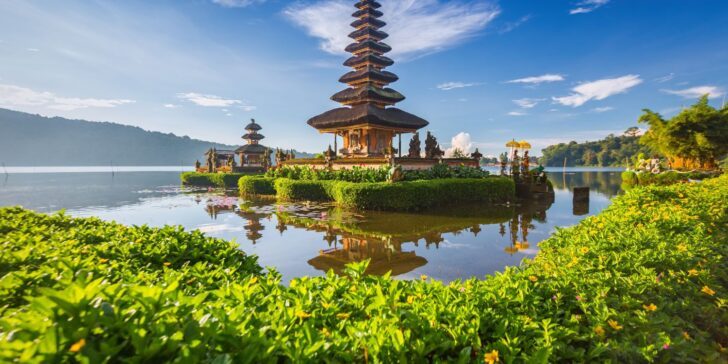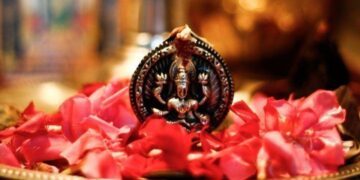Are you ready to embark on a journey to the mesmerizing island paradise of Bali?
It has an area of 2,232 square miles (5,780 square kilometers) filled with beaches, temples, and rich culture for you to explore and enjoy!
So pack your bags because here are 15 blissful facts about Bali:
Bali is a popular destination for digital nomads.
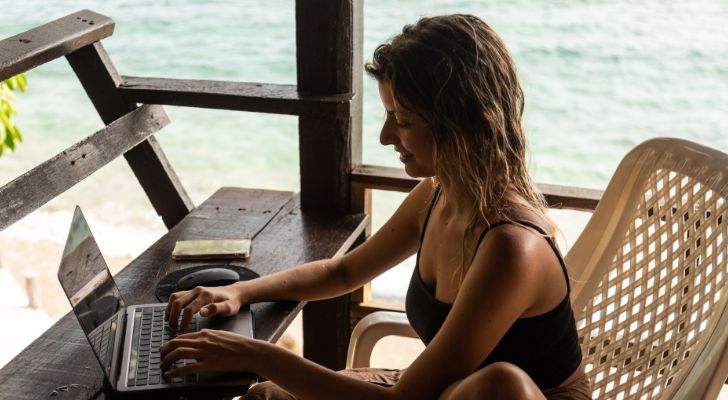
Bali, Indonesia, is home to many digital nomads who love the idea of an island lifestyle.
However, according to digital nomads themselves, living in Bali is worth it, not only because of the beautiful beaches and relaxing ambiance but also the surfing and cafe culture.
Regarding these beaches in Bali, some to look out for are Canggu, Uluwatu, and Sanur.
The main religion in Bali is Hinduism.
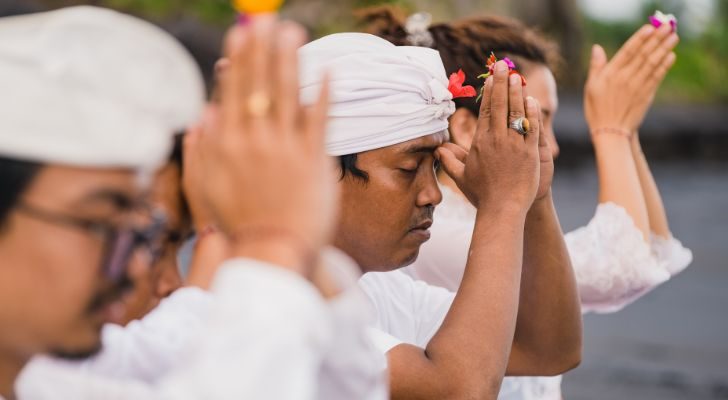
While 87% of Indonesians report being Muslim, that isn’t the case for Bali, as their primary religion is Hinduism.
Hinduism was introduced to Indonesia by Indian merchants, scholars, and priests during the 1st century.
While the majority of Indonesia eventually converted to Islam around the 15th century, Bali remained the only majority Hindu holdout.
Every village in Bali has a temple!
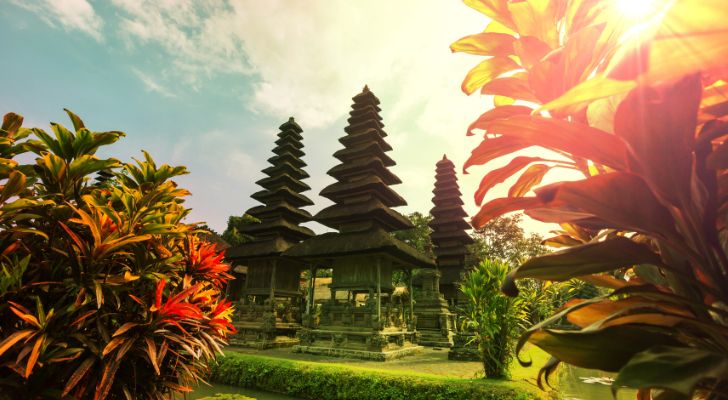
As mentioned earlier, there are a lot of temples in Bali, which explains why it’s also called “the island of a thousand temples” and “the island of the Gods.”
It’s estimated that there are over 10,000 temples spread across the island.
To show respect, people entering these temples must wear a sarong, and both men and women are required to cover their shoulders and back.
If you’re wondering what a sarong looks like, it’s a long thin piece of cloth wrapped around your body that covers your legs below the knee.
Bali has its own form of Hinduism.
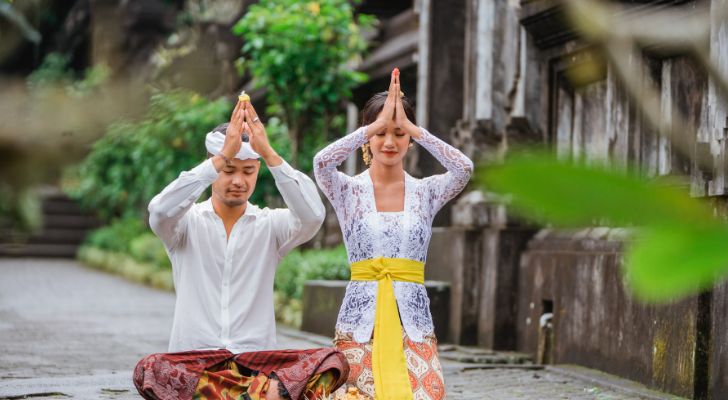
Bali is a spiritual place, and the majority of the population practices Balinese Hinduism, distinct from typical Hinduism, as it incorporates the belief that everything has a spirit, whether animate or inanimate. This belief is also referred to as animism.
Getting their own form of Hinduism recognized wasn’t easy, though.
In 1952 the Indonesian government began only accepting religions that have one God, forcing the Balinese people to adapt their religion and present it in a politically acceptable way, eventually gaining acceptance in 1959.
Bali’s Lempuyang Temple doesn’t actually have a lake.
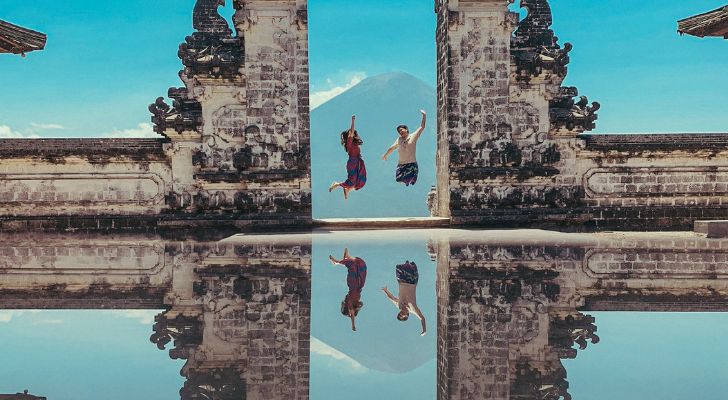
You’ve probably seen a picture of The Lempuyang Temple, one of Bali’s oldest temples and often called the Gates of Heaven.
It has risen in popularity primarily because of the reflection photos tourists have posted on social media apps like Instagram… but don’t be fooled!
The reflection that most people think comes from a lake in front of the temple just comes from a mirror held under the camera by a local – for a donation.
Thousands flock to the springs at Bali’s Tampaksiring temple to wash away their sins.
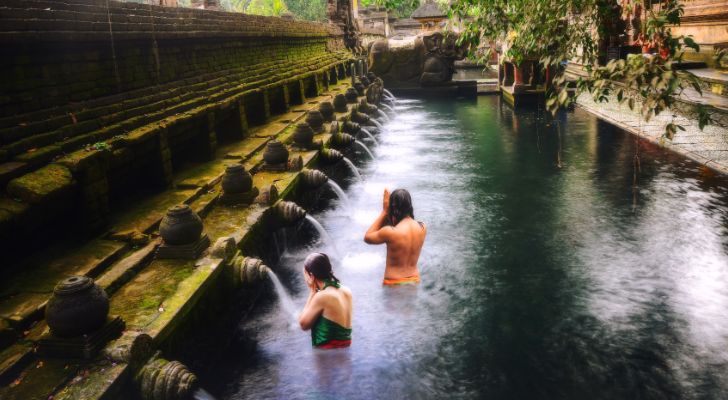
The holy spring temple in Bali is called Tirta Empul and is located near the town of Tampaksiring.
Its famous spring is found in the central yard of the temple, also known as Jaba Tengah, consisting of 2 pools with 30 water showers.
The temple’s water is considered blessed, which is why so many people go there to be purified from their sins.
You can find beaches with black sand in Bali!

These fascinating beaches are found on Bali’s North and East coasts, where you’ll also find Bali’s volcanoes.
The island’s volcanoes play a crucial role in why these black sand beaches exist, as black sand is made from eroded volcanic materials.
Bali has a tradition of filing teeth.

Why Bali has a teeth filing ritual (also known as metatah) boils down to their spiritual beliefs.
Balinese people believe that the sharp edges of the canine teeth represent a person’s “Sad Ripu,” or the evil traits of a person, and removing them reduces a human’s negative characteristics.
This tradition is mandatory for Bali’s teenagers, although in modern times, the filing of these teeth is more symbolic; in the past, it was done until the canine features were removed.
There’s a fire dance in Bali called Kecak Dance.
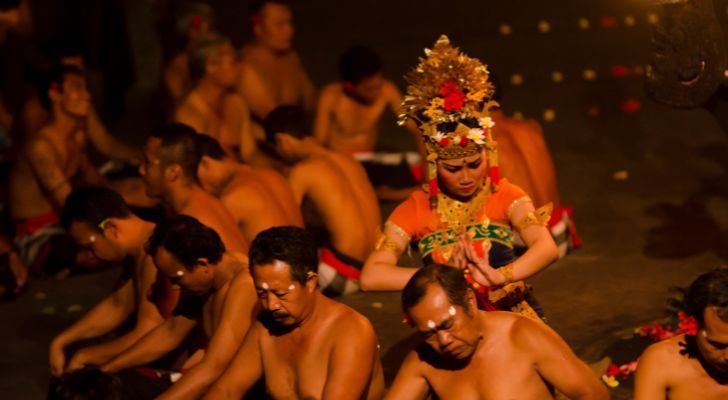
The Kecak dance is dedicated to the Ramayana, a Sanskrit epic from ancient India, which shows how King Rama was able to save his wife, Sita.
It started in the 1930s and is often performed by numerous men in the Uluwatu temple, even reaching up to 50 to 60 performers!
The fire dance starts with the performers making a circle wherein the fire is placed in the middle. Then, throughout the dance, they make a chant that sounds like “cak” or “keh-chak” to represent an army of monkeys from the story.
One of the largest Starbucks in the world can be found in Bali!

The gigantic Starbucks cafe in Bali, Dewata Coffee Sanctuary, is 20,000 square feet and was opened on January 12, 2019.
It has a modernized look with a mix of traditional Balinese architecture. What’s more interesting is that you’ll find an actual coffee farm right next to it!
The swastika symbol is widespread throughout Bali’s temples.
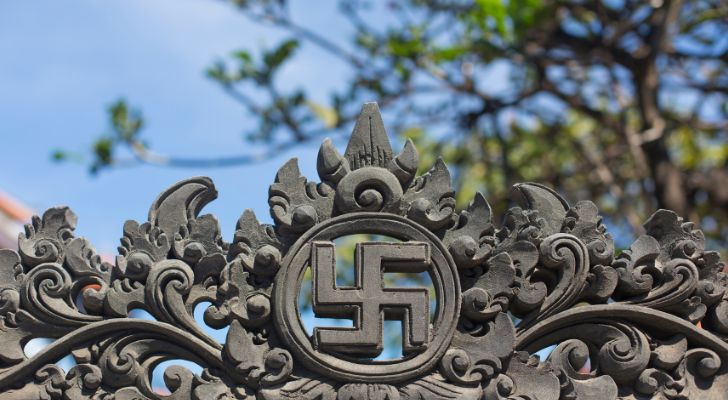
While the swastika is often linked with Nazism, it is actually a Hindu symbol. That’s why you’ll see this symbol in the various temples in Bali.
It dates back to 10,000 BCE, representing good luck, and its name actually comes from the Sanskrit word “svastika,” which means “auspicious object.”
A town in Bali is home to over 1,200 monkeys.

The monkeys live in a special monkey forest, Mandala Suci Wenara Wana, which can be found in Padangtegal Ubud in South Central Bali.
You’ll find more than 1,200 Balinese long-tailed macaque monkeys in this forest. On top of this, you’ll also discover three mesmerizing temples to explore!
Bali produces a coffee made out of civet poop.

If poop coffee surprises you already, you’ll be more shocked to know that this is one of the most expensive coffees in the world!
This distinctive coffee is called Kopi Luwak, which is obtained from the excretion of civets after eating coffee cherries.
Although Bali is one of its leading producers, Kopi Luwak didn’t originate there.
It actually began in Java in the 19th century when coffee farmers started making and drinking coffee from these animal droppings found at their plantations.
Growing numbers of ‘intensive’ civet farms have been set up to create Kopi Luwak at the expense of the civets themselves. Consider seeking out animal cruelty-free alternatives such as Gayo Kopi if you’re still interested.
There are two calendars used in Bali.

These two Balinese calendars are named Saka and Pawukon.
While the Saka calendar is similar to the Gregorian calendar, the Pawukon calendar is much more complex, featuring 210 days in a year and 10 different weeks of different lengths that all occur simultaneously!
Each has a special role in Balinese society, with the Saka calendar setting the date for Bali’s own New Year and the Pawukon calendar being the basis for most Balinese festivals and holidays.
Bali’s own New Year is celebrated with silence.
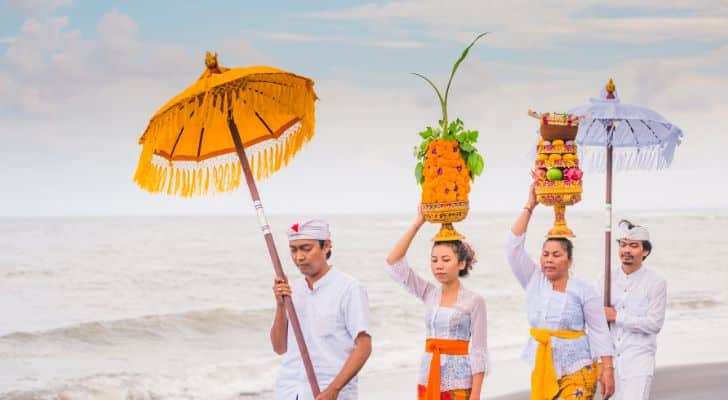
As mentioned earlier, Bali has its own New Year’s Eve celebration. They use the Saka calendar for it and refer to it as Nyepi Day — it’s celebrated in March but on different dates every year.
The silence lasts 24 hours, and the island effectively shuts down. No one is allowed to go outside, including tourists, and all noise must be kept to a minimum.
The silence is intended to leave room for self-reflection of oneself and their actions from the previous year. In addition, Balinese people fast and meditate during Nyepi Day to connect more deeply with God.
And now you know! Bali is a great place to add to your travel list, whether traveling to take a break from life or gain new experiences.
The beaches and temples in Bali give you a sense of calmness, while its unique traditions and festivals ensure you leave with a lot of knowledge and memories.
So, if you’re looking for a sign to visit Bali, this is it!

